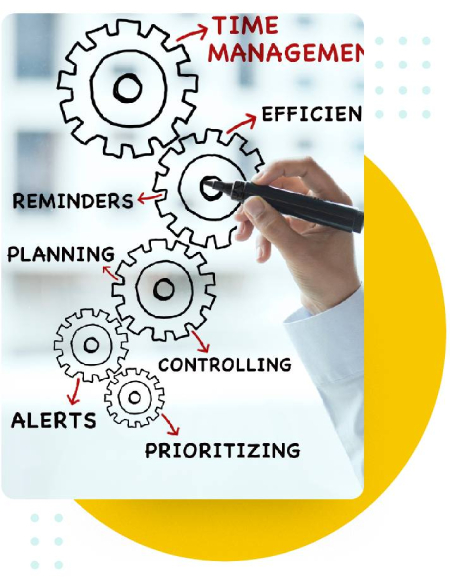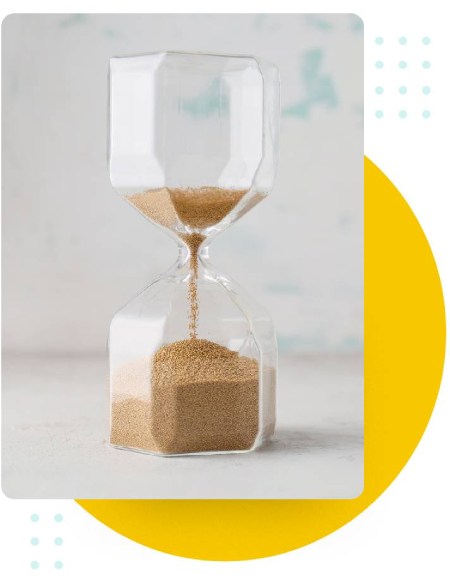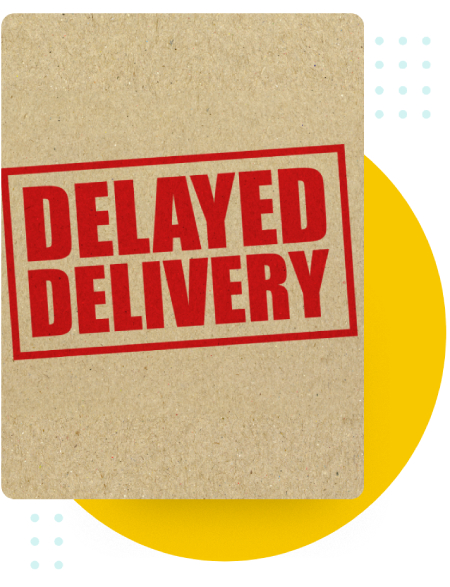What is the lead time in shipping?” “What is lead time in agile?” “What does lead time have anything to do with customer experience?”
All of these are questions very commonly asked.
By lead time business definition, lead time means the period between the start of a certain process and its eventual completion. So, in the business sense, lead time meaning relates to the amount of time it takes for you to finish an order. For example, if you are a manufacturer, lead time would relate to the whole manufacturing process – from the total time taken from the initial sourcing right down to the dispatch of the product falls under lead time.
So, if you’ve been wondering what is lead time in production and what is lead time in manufacturing: it is simply the time you take to complete your product and send it over to your customer.
Types of Lead Time
To understand what lead time is, it is important to also consider the different types of lead time that businesses are likely to most commonly encounter. Let’s take a look at some of these:
Customer lead time
First and foremost, we have customer lead time. This refers to a time or period that spans the time starting from when a customer orders some goods right till the goods are actually delivered to the customer.
So, for the goods that are on your store shelf, the lead time is only a moment from wrapping them and giving them to the customer. However, if the goods are in your warehouse and the customer is, say, based overseas, then the customer lead time will include all the time that takes for packaging, transit, and the actual delivery of the product.
As a general rule of thumb, the best approach is to reduce the customer lead time as much as possible.
Material lead time
Another example of a common lead time, material lead time refers to the amount of time taken to receive materials from a supplier after the initial order is placed. It’s pretty simple, actually: you place an order with your supplier for certain materials. The amount of time it takes for them to actually receive those materials is material lead time.
The material lead time is an important indication of how long it will take you to actually manufacture a product. Of course, if you include it in the overall estimate of the manufacturing time, you can plan things a lot more accurately.
Factory/production lead time
This lead time indicates how long it takes from the point of getting materials to producing a finished product. Needless to say, the shorter this period is, the more beneficial it is for your business. This is because production times are directly linked to delivery speed: if you produce products quickly, you can also deliver them quickly and leave your customers in awe.
For this reason, businesses are encouraged to ensure that production lead time is as short as possible, as this will definitely help them enhance the overall customer experience they are providing.
Cumulative lead time
In general, cumulative lead time is defined as the longest length of time involved to accomplish the activity in question. In the context of manufacturing and retail, it therefore refers to the total time taken to manufacture a product and then process the order for it.
Cumulative lead time should indicate how long it takes you to process your orders, and should give you an idea into your progress and whether or not you should make any changes to improve it and make the most out of your strategy.




















